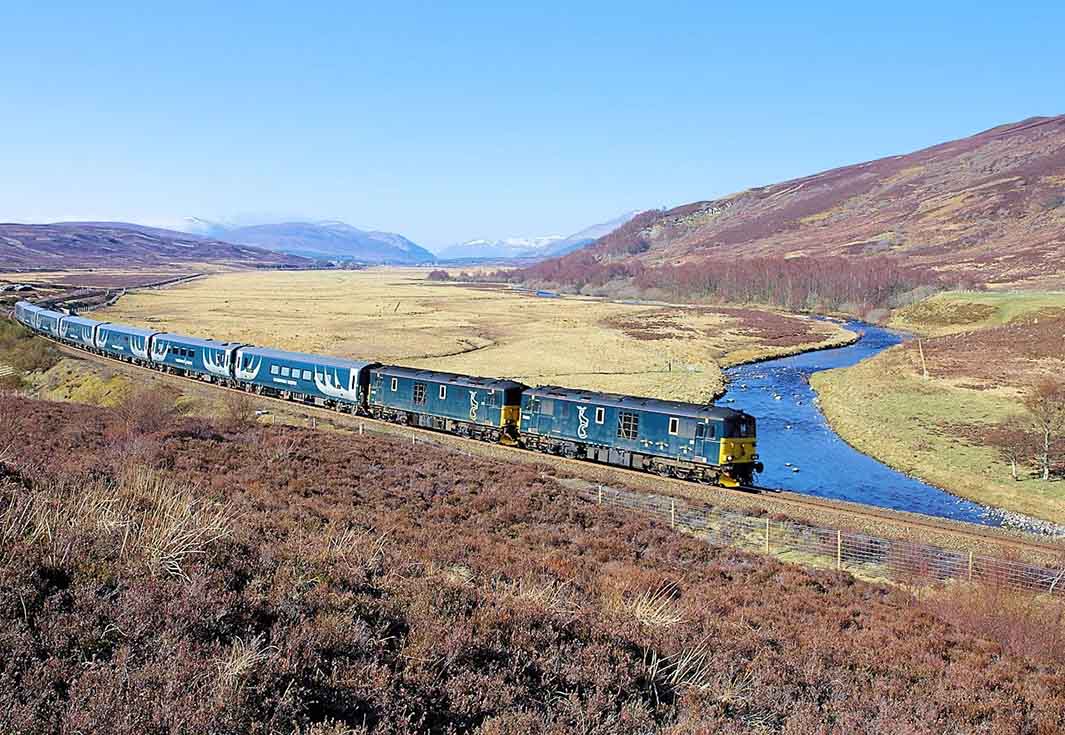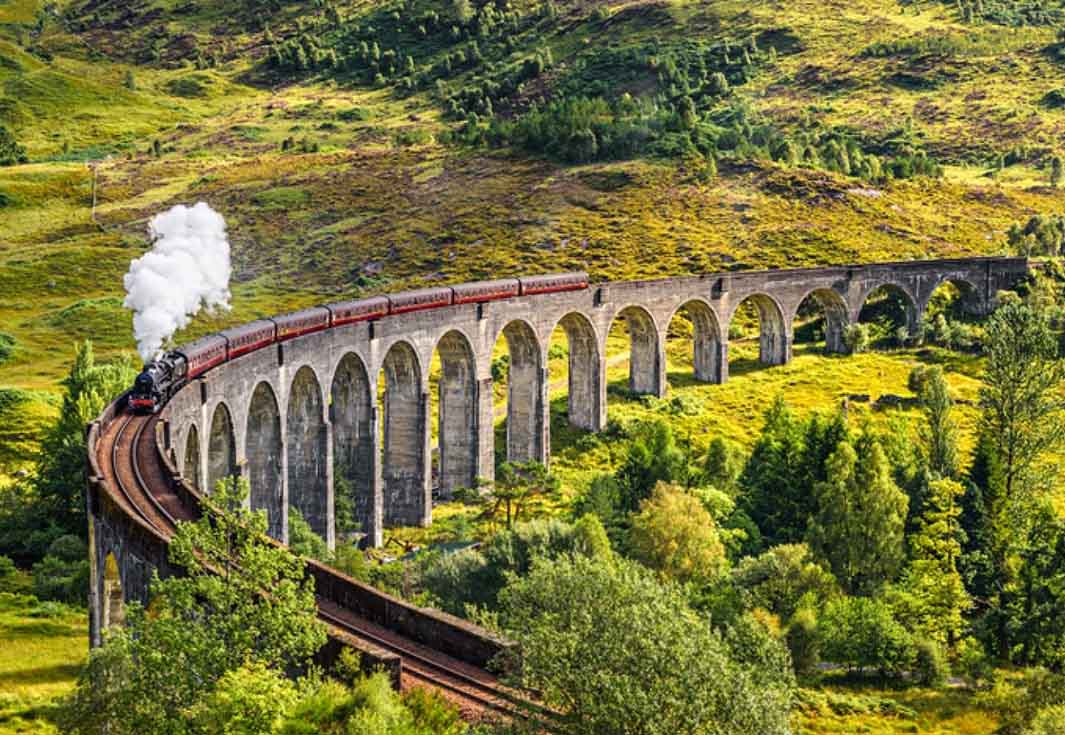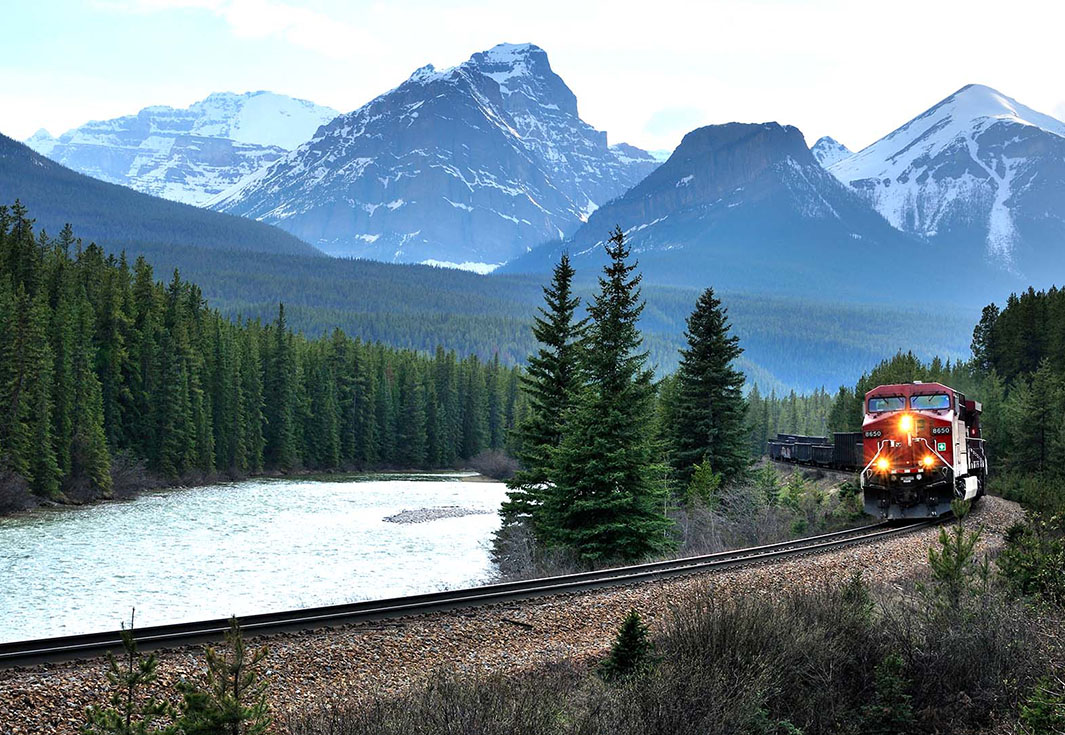Stirling, a city steeped in history and charm, offers a blend of medieval grandeur and stunning Scottish landscapes. Having just arrived in this fascinating city, the first thing that became apparent was the importance of understanding its transport system. Getting around Stirling is relatively straightforward, but knowing the best ways to navigate the city can make all the difference.
Whether by train, bus, taxi, rental car, or even on foot, there are plenty of options for exploring Stirling efficiently. This guide will cover everything needed to travel smoothly through Stirling, including transport tips, routes, and personal experiences with different modes of travel.
1. Arriving in Stirling: The Best Ways to Get There
By Train
The journey into Stirling by train was smooth and enjoyable. Stirling Railway Station sits at the heart of the city, making it an ideal gateway. Trains from Edinburgh, Glasgow, and other major Scottish cities run frequently. From Edinburgh Waverley, the ride took just under an hour, while from Glasgow Queen Street, it was around 40 minutes. The station itself is easy to navigate, with clear signage directing passengers to taxis, buses, and nearby attractions.
One tip for those carrying heavy luggage: there are lifts available, but they can get busy during peak hours. If traveling light, the stairs are quicker, especially when catching a connection. The station also has a small café and a convenience store, perfect for grabbing a quick snack before heading out.
By Bus
Buses to Stirling arrive at the city’s main bus station, conveniently located near the train station. Several operators, including Citylink and Megabus, provide routes from major cities across Scotland. The ride from Edinburgh took just over an hour and a half, while from Glasgow, it was slightly faster.
The bus station has an information desk where staff are friendly and helpful, offering guidance on local bus services and routes. The station is also equipped with restrooms and a small waiting area, though it can get crowded during peak hours.
By Car
Driving into Stirling was a scenic experience, especially coming from Edinburgh via the M9 motorway. The drive took about 50 minutes, with well-maintained roads and clear signage along the way. For those renting a car, Stirling offers plenty of parking options, from street parking to multi-story car parks.
One of the best parking spots was at the Thistles Shopping Centre, located centrally and offering easy access to most of the city’s attractions. Another great option was the Castleview Park & Ride, which provided free parking and a convenient bus service into the city center.
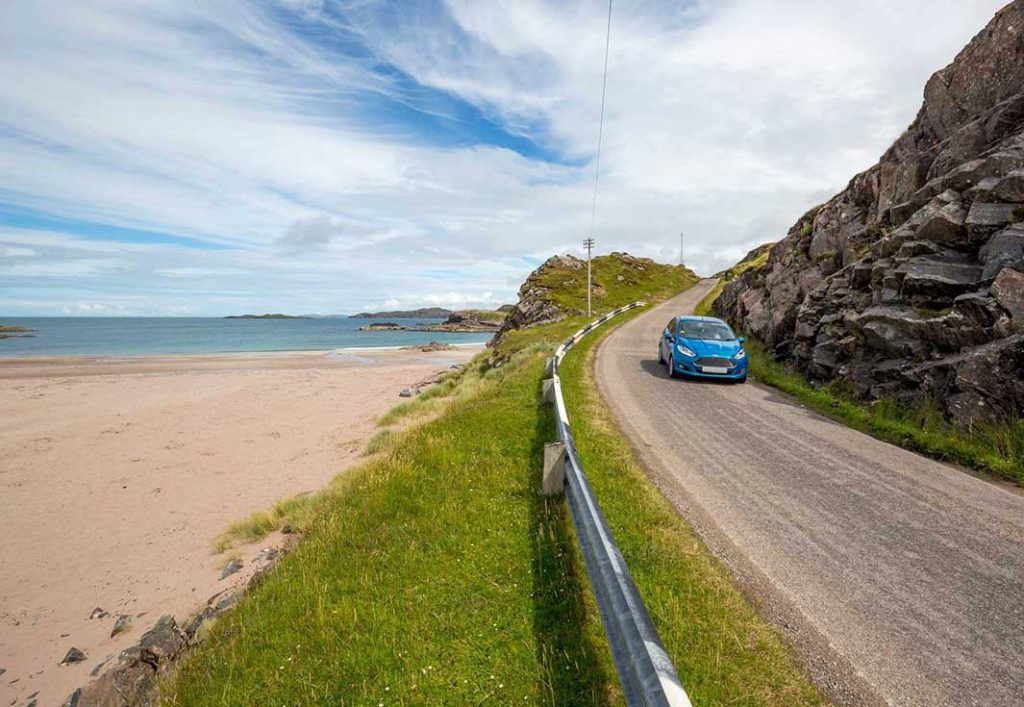
2. Getting Around Stirling: Transport Options
Walking Through the Historic Streets
Stirling is a highly walkable city, and exploring on foot was one of the best ways to take in its charm. The city’s compact layout made it easy to move between landmarks, with scenic walking routes leading through historic sites, parks, and quaint streets.
The walk from the train station to Stirling Castle took about 15 minutes but was a steep uphill climb. Comfortable shoes were essential. The Old Town route passed by the stunning Church of the Holy Rude and the Old Town Jail, both worth stopping at along the way.
For those who prefer a leisurely stroll, the pathways along the River Forth provided a picturesque setting. The walk from Stirling Bridge to the Wallace Monument was peaceful, with beautiful views of the surrounding hills.
Public Buses: A Budget-Friendly Option
Stirling’s bus network, operated primarily by First Scotland East, was reliable and affordable. Single fares were reasonable, but purchasing a day ticket allowed unlimited travel, which was useful when visiting multiple sites.
Bus number UL provided a direct route from Stirling city center to the University of Stirling, passing by the Wallace Monument. Another useful route was bus 51, which connected Stirling to the nearby town of Bridge of Allan.
One challenge was understanding the timetable, as schedules could change depending on the day. Using the Traveline Scotland app helped in planning bus journeys more efficiently.
Taxis and Ride-Sharing Services
Taxis were readily available, especially near the train station and major tourist sites. Local companies like Stirling Taxis and Braehead Taxis provided reliable services, though fares were slightly higher than expected for shorter journeys.
Ride-sharing services like Uber were also available, though not as widely used as in larger cities. Booking a taxi in advance, especially in the evenings, ensured availability.
One taxi ride taken from Stirling Castle back to the train station cost around £6, which was reasonable considering the steep climb back down. For those traveling in groups, splitting a taxi fare made it a cost-effective option.
3. Exploring Stirling’s Outskirts
Wallace Monument
Located about 2.5 miles from Stirling city center, the Wallace Monument was accessible by bus, car, or on foot. Taking the UL bus from the city center provided a direct and easy route. For those driving, there was ample parking available at the site.
Hiking up to the monument was an adventure in itself, with a steep yet rewarding climb offering breathtaking views at the top. A shuttle bus from the visitor center was also available for those who preferred to skip the hike.
Stirling University and Bridge of Allan
The University of Stirling campus, surrounded by beautiful lochs and hills, was easily reached by bus or car. Taking the UL bus from Stirling’s bus station was the most convenient option.
Just a short distance away, the charming town of Bridge of Allan offered a peaceful retreat from the city. Walking from Stirling to Bridge of Allan took about 45 minutes along a scenic path, though the bus was a quicker alternative.
4. Renting a Bike: A Great Way to See More
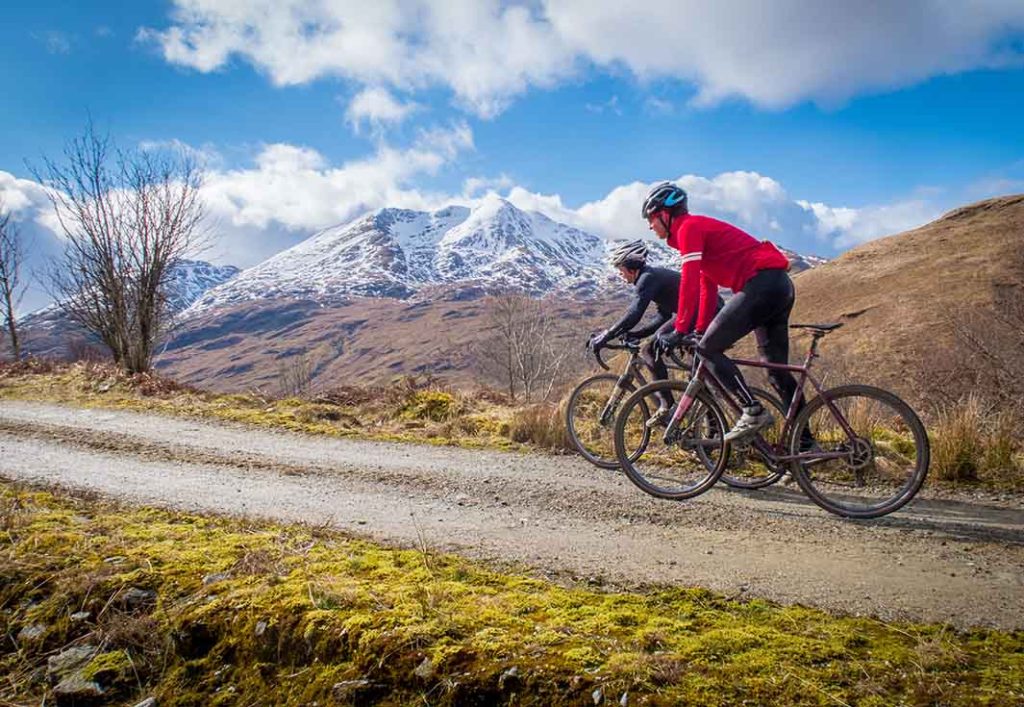
Cycling around Stirling was a fantastic way to explore the city at a relaxed pace. Several bike rental shops, including Stirling Cycle Hub, offered affordable rental options. The city had well-maintained cycling paths, particularly along the River Forth and around the University of Stirling.
One memorable cycling route started from the city center, heading towards the Wallace Monument, passing through peaceful countryside and offering stunning views along the way.
5. Driving in Stirling: What to Expect
For those planning to explore beyond the city, renting a car provided flexibility. The roads in and around Stirling were well-maintained, with clear signage. However, some of the city’s older streets were narrow and required careful navigation.
One of the best driving routes led towards Loch Lomond and the Trossachs National Park, just a 40-minute drive from Stirling. The journey passed through rolling hills and picturesque villages, making it a perfect day trip.
Parking in Stirling was straightforward, with several options near major attractions. The Castleview Park & Ride was particularly useful for those looking to avoid city center traffic.
6. Final Thoughts on Getting Around Stirling
Navigating Stirling was a smooth and enjoyable experience, with various transport options catering to different needs. Whether walking through its historic streets, taking a bus to key landmarks, or driving to the surrounding countryside, each mode of transport offered a unique way to experience the city.
Planning ahead, checking bus schedules, and wearing comfortable shoes made the journey even more enjoyable. Stirling’s compact size and excellent transport links made it easy to explore without stress, leaving more time to appreciate its rich history and stunning landscapes.
